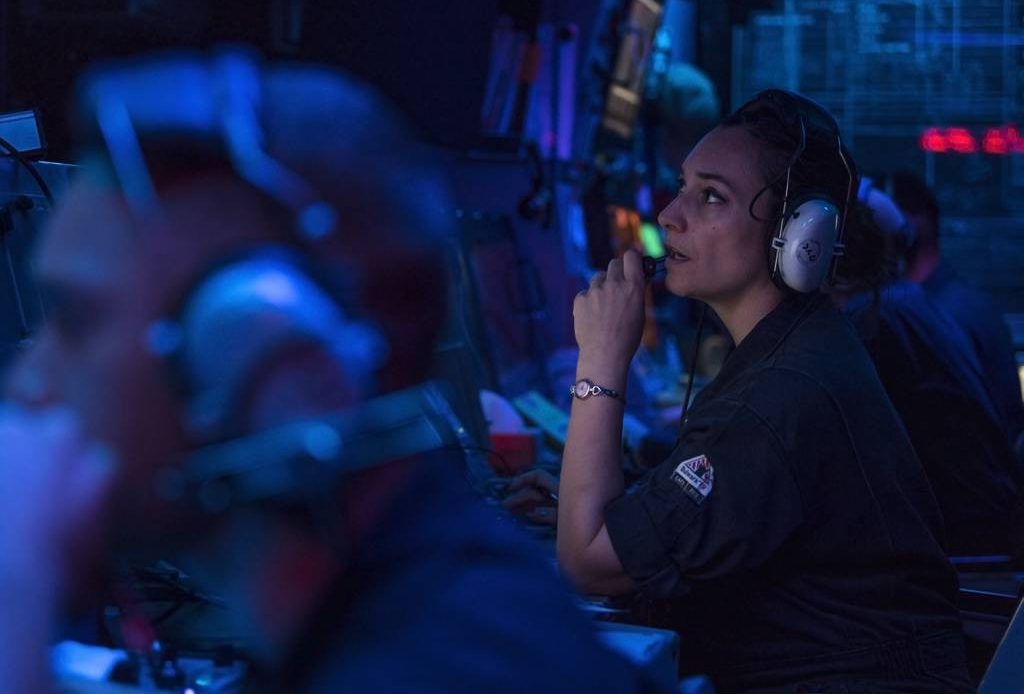
Retention among surface warfare officers going into department head school is slightly down from last year, but numbers overall remain up as the service has launched several initiatives to keep SWOs in the service longer, according to officials.
SWOs have historically departed their community at higher rates than the submarine and aviation communities, and the Navy has been working to keep more of them in the ranks with a variety of incentives in recent years.
For fiscal year 2023, SWO retention among division officers who choose to go to department head school was 34.7 percent — slightly down from last year’s 35.1 percent retention rate, according to Vice Adm. Brendan McLane, commander of Naval Surface Forces.
“While each year’s group is unique, our 10-year department head retention average is about 35 and a half percent,” McLane told reporters on Friday, ahead of the Surface Navy Association’s annual conference this week. “So we continue to assess our retention trends through surveys with our division officers, we follow the GAO reports closely and then we engage a lot on the deck plates with our officers to find out what’s most important to them and then what we can do.”
In a bid to keep its SWOs, the Navy offers up to $105,000 for SWOs who become department heads, and active-duty lieutenant commander SWOs can get up to $46,000 after signing on for another three years.
RELATED
:quality(70)/cloudfront-us-east-1.images.arcpublishing.com/archetype/K6UK4ZXBXNBELDQ5QLS7JGJETU.jpg)
Still, the former head of the type community, retired Vice Adm. Roy Kitchener, told reporters a year ago that, even amid these offers, retention appeared to be stagnating.
As a result, the Navy is working to increase flexibility for school career paths to better support shore opportunities and family planning, McLane said, including offering more flexibility for when SWOs start department head school.
That’s a departure from when McLane was a junior officer, a time when officers had to complete department head school roughly around their seventh year in service.
According to McLane, that policy was based on concerns that there wouldn’t be enough officers to promote to lieutenant commander, a concern that “wasn’t validated.”
“We know we’ve got some flexibility there and when we get our officers to department head school,” he said. “That is very popular with our junior officers who want to – when they go to shore duty – get master’s degrees, start families and things like that, and that flexibility gives them those options.”
As a result, the Navy is allowing SWOs to complete department head school up to approximately the ninth year of service.
Likewise, the Navy started tracking retention and qualification data down to individual units in 2023, which was then shared with captains during a commander training symposium, McLane said.
“We have Naval Personnel Command there, and then we kind of go through the slide ship by ship and like, this is how each ship is doing,” McLane said. “So the captains know that what they’re doing has really the biggest impact on division officer retention.”
Author: Diana Correll
Source: DefenseNews



